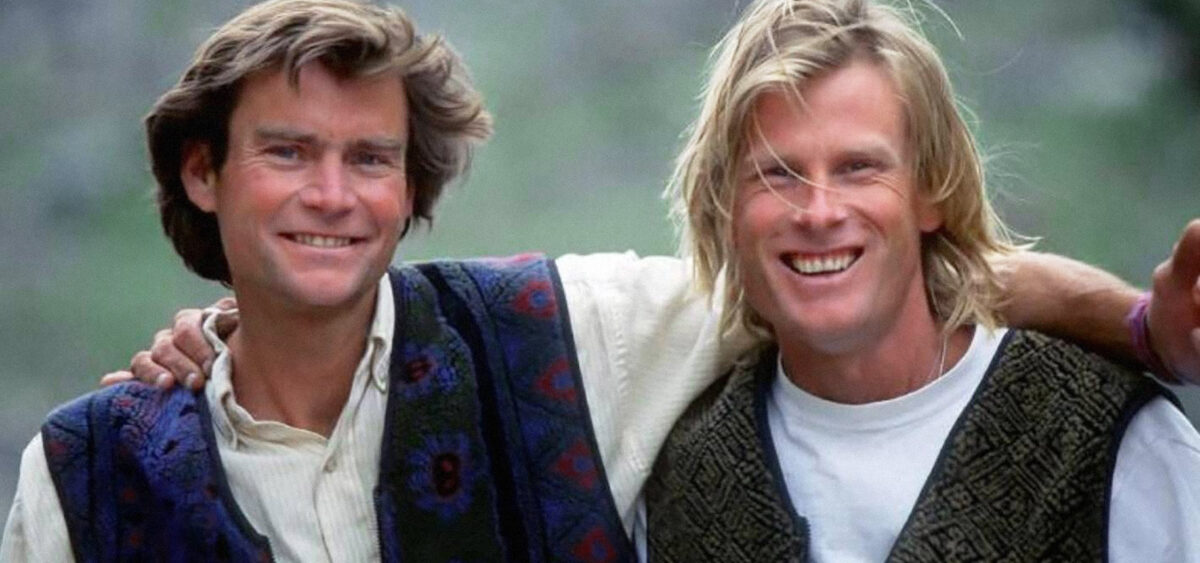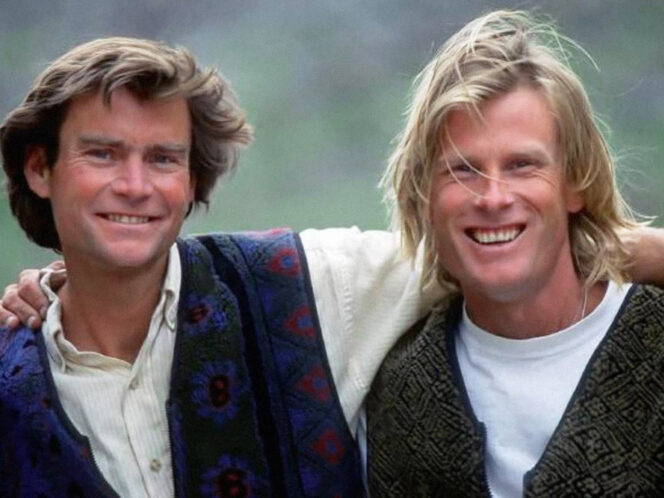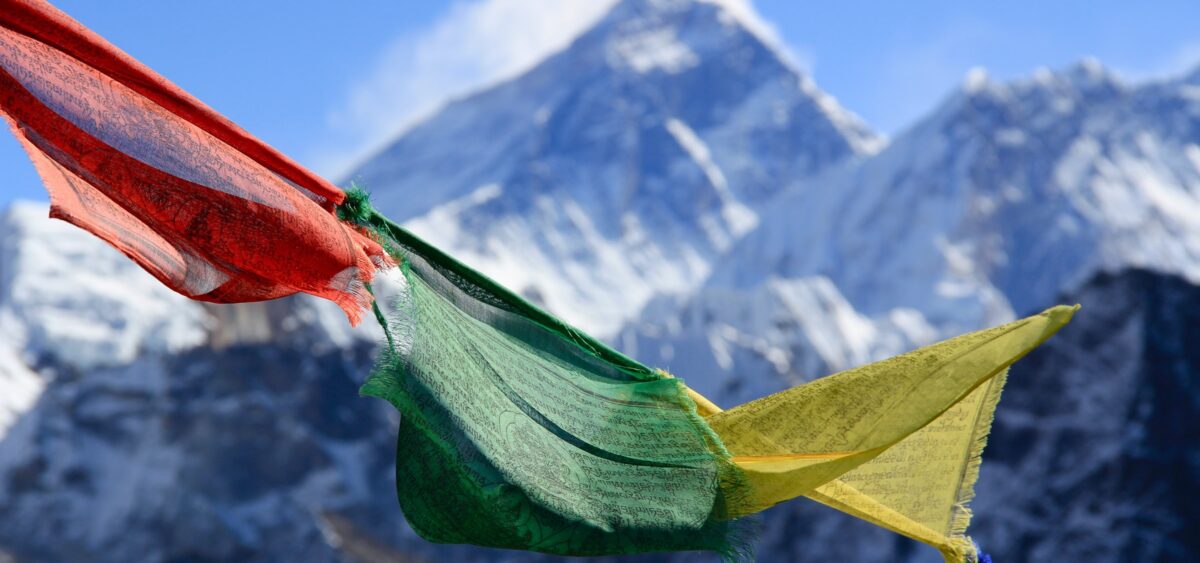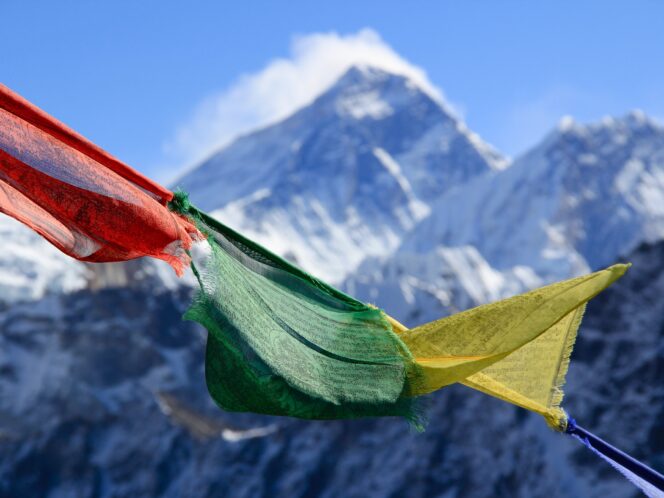
Alpinists are intimately familiar with death and grief. A therapist thinks he can address the unique needs of these élite athletes.
In mountain towns, an early-autumn snowstorm is a nuisance and a lure. It runs some people out of the high country but draws others in. During the first week of October, 2017, a foot or more of snow fell in the peaks south of Bozeman, Montana. Before dawn on the fifth, a group set off from a parking lot in Hyalite Canyon, a popular outdoor playground, just outside town. The man at the head of the group was spooked by the new snow. To minimize exposure to avalanches, he made sure that everyone ascended with caution, keeping to the ridgelines and bare patches, away from the loaded gullies. This was Conrad Anker, the famous American alpinist. It is often said that there are old climbers and there are bold climbers, but there are no old bold climbers. So far, Anker, at fifty-four, was an exception.
There was nothing intrepid, really, about this particular outing. It was basically a hike up a minor mountain formerly known as Peak 10031 (for its unremarkable altitude of 10,031 feet), which had been rechristened in 2005 in honor of the late climber and Bozeman idol Alex Lowe. The group was headed to Alex Lowe Peak to spread Alex Lowe’s ashes. Anker recognized that it would be cosmically stupid to kick off an avalanche on the way.
Lowe died in 1999, at the age of forty, during an ascent of Shishapangma, in the Himalayas. At the time, he was considered by many to be the world’s preëminent alpinist, and, even in a pursuit where untimely death is almost routine, his came as a shock. He was game for anything yet prudent, in his way—more dervish than daredevil. Still, snow is water, and it aims downhill. On Shishapangma, a massive avalanche entombed two climbers, Lowe and the cameraman David Bridges, under tons of frozen debris. A third, Anker, who’d fled in another direction, got flattened and engulfed by the blast, but after the air cleared he found himself stumbling through an altered landscape, alive and alone.
Lowe’s wife, Jennifer,








